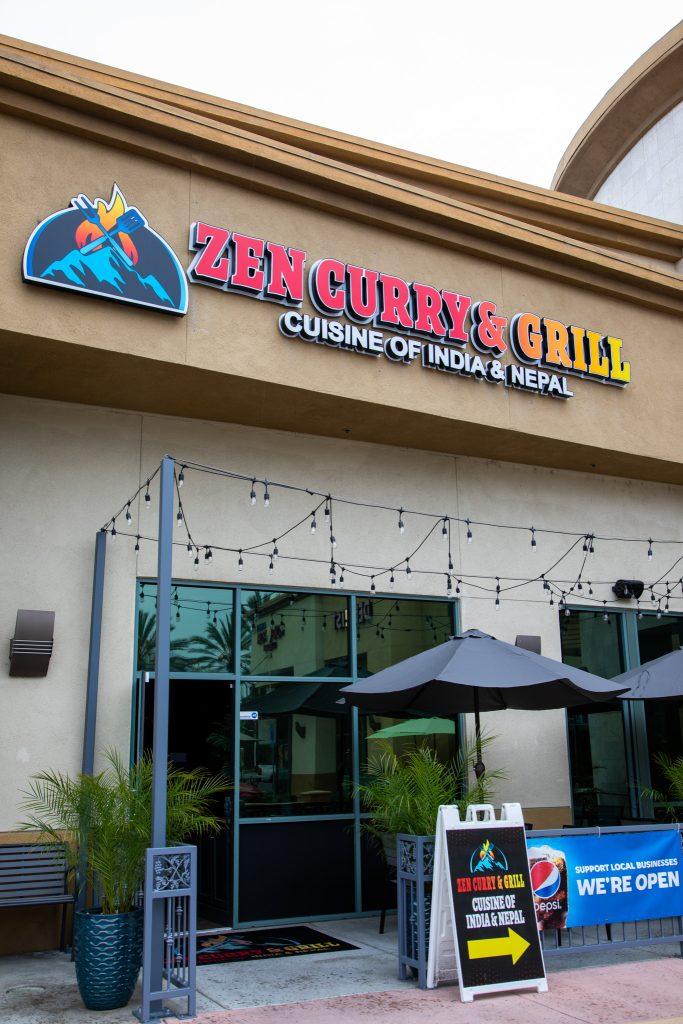Rising Tariffs Present New Obstacles for Indian-Owned Businesses in Southern California
Indian entrepreneurs and enterprises throughout Southern California are confronting notable hurdles following the announcement of a 25% increase in tariffs on imports from India. This tariff surge is poised to substantially elevate operational expenses for businesses dependent on Indian-manufactured goods and raw materials. Many proprietors express concern that these additional costs are squeezing profit margins and complicating efforts to offer competitive pricing, prompting some to reconsider their long-term presence in the region.
The tariff adjustment impacts a diverse array of industries, including apparel manufacturing, consumer electronics, and ethnic specialty food markets—sectors that constitute the economic backbone of many Indian-owned businesses locally.One retailer shared, “Managing costs has become a daily struggle; every shipment now carries a heavier financial burden.”
Smaller enterprises,in particular,are vulnerable due to limited financial reserves and fewer option sourcing options. The main challenges faced include:
- Scarcity of alternative suppliers: Many products are predominantly sourced from India, limiting substitution possibilities.
- Compressed profit margins: Increased tariffs rapidly diminish earnings, especially for family-run shops.
- Price sensitivity among customers: Passing on higher costs risks alienating loyal buyers.
| Industry Sector | Effect | Projected Cost Increase |
|---|---|---|
| Apparel & Textiles | Significant price increases on fabric imports | 22-32% |
| Consumer Electronics | Longer delivery times and elevated unit costs | 18-28% |
| Ethnic Specialty Foods | Reduced availability of imported ingredients | 27-37% |
Supply Chain Disruptions Compound Financial Pressures on Indian-Owned Businesses
Beyond tariff increases, Indian-owned businesses in Southern California are contending with a complex web of supply chain disruptions that further strain their financial health. The combination of extended shipping delays, rising transportation expenses, and fluctuating currency exchange rates has intensified the challenge of maintaining steady operations.
Additional factors contributing to supply instability include intermittent factory shutdowns in India due to ongoing COVID-19 variants and labour shortages, which have led to unpredictable production schedules. Business owners report difficulties in managing inventory levels and cash flow amid these uncertainties.
- Shipping delays: Port congestion and container shortages have extended delivery times.
- Higher logistics costs: Increased fuel prices and tariff-related fees inflate transportation expenses.
- Currency volatility: Exchange rate fluctuations add unpredictability to import costs.
- Supplier interruptions: COVID-19 outbreaks and workforce challenges in India disrupt manufacturing.
| Metric | Before Tariff Increase | After Tariff Increase (Forecast) |
|---|---|---|
| Average Cost per Unit | $100 | $125 |
| Typical Delivery Time | 3-4 weeks | 5-6 weeks |
| Profit Margin | 12% | 7% |
| Inventory Turnover | 4 cycles/year | 2.5 cycles/year |
Adaptive Strategies to Counter Tariff Impacts: Emphasizing Diversification and Operational Efficiency
Industry specialists recommend that Indian businesses in Southern California adopt a multifaceted approach to mitigate the financial strain caused by tariff hikes and supply chain challenges. Central to this approach is diversifying supplier bases to reduce dependence on Indian imports and exploring alternative markets in Southeast Asia or Latin America.
Additionally,companies are advised to optimize their product mix by balancing high-demand,lower-margin items with premium products that offer better profitability. This strategic reallocation can help maintain competitiveness despite rising costs.
Operational cost control is equally critical. Businesses are increasingly focusing on streamlining logistics through consolidated shipments and regional warehousing, renegotiating supplier contracts to secure volume discounts, and leveraging technology such as inventory management software and data analytics to improve demand forecasting and reduce waste.
| Cost Management Focus | Common Practices |
|---|---|
| Logistics | Bulk shipping; localized storage facilities |
| Supplier Agreements | Long-term contracts; negotiated discounts |
| Inventory Control | Just-in-time procurement; predictive analytics |
| Technology Integration | Automation tools; real-time data monitoring |
- Enhancing cash flow resilience to absorb short-term financial shocks
- Strengthening customer relations to sustain loyalty amid price adjustments
- Investigating local manufacturing partnerships to bypass tariff barriers where feasible
Experts agree that these combined tactics will be vital for Indian businesses to thrive in an increasingly costly and complex commercial environment in Southern California.
Community Advocacy Urges Policy Support to Alleviate Tariff Burden on Small Businesses
Leaders within the Southern California Indian business community are calling on government officials to engage in meaningful policy discussions aimed at easing the financial strain imposed by the 25% tariff increase. Small and family-owned businesses, which form the backbone of the local Indian-American economy, are particularly vulnerable to these cost pressures.
Advocates emphasize the need for targeted support measures, including:
- Tariff relief initiatives designed specifically for small-scale enterprises
- Access to affordable credit facilities to help manage immediate cash flow challenges
- Educational programs and workshops focused on alternative sourcing and supply chain resilience
Such interventions aim to safeguard not only individual businesses but also the broader economic vitality of the Indian-American community in the region.
Navigating the Future: Strategies and Outlook for Indian Businesses in Southern California
As the 25% tariff increase looms, Indian-owned businesses in Southern California are bracing for a period marked by heightened operational costs and supply chain complexities. Industry experts warn that without strategic adaptation and supportive policy frameworks, many long-standing enterprises may face existential threats.
Looking ahead, the ability of these businesses to innovate, diversify sourcing, and optimize operations will be critical to sustaining their competitive edge. Concurrently, ongoing dialog between community leaders and policymakers will play a pivotal role in shaping an environment conducive to resilient cross-border trade and economic growth.
In the words of one local business owner, “The landscape is becoming more expensive and unpredictable, but with the right strategies and support, we can continue to thrive.”



